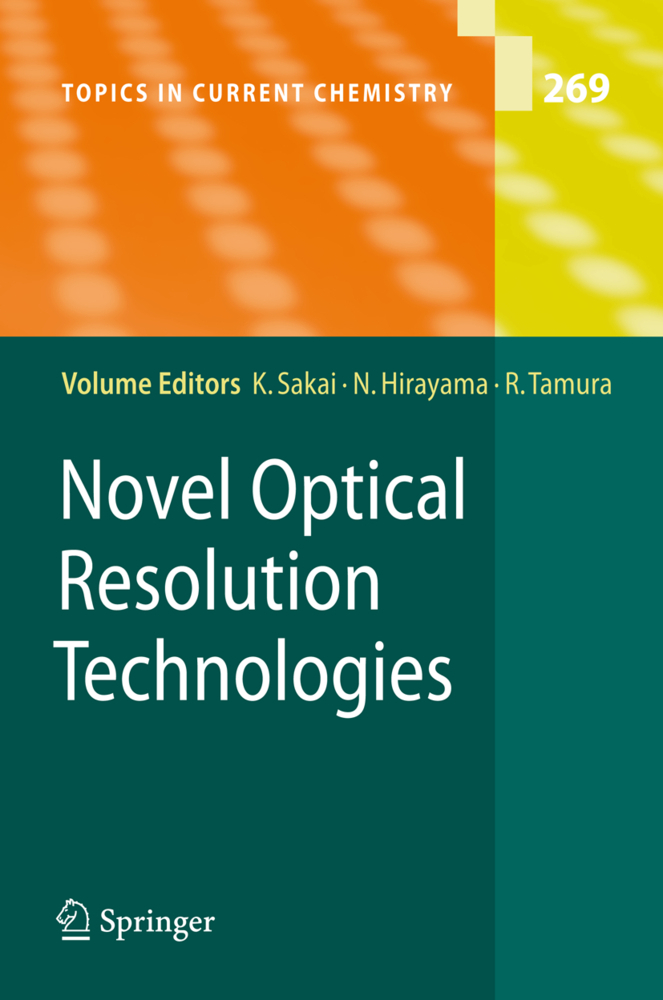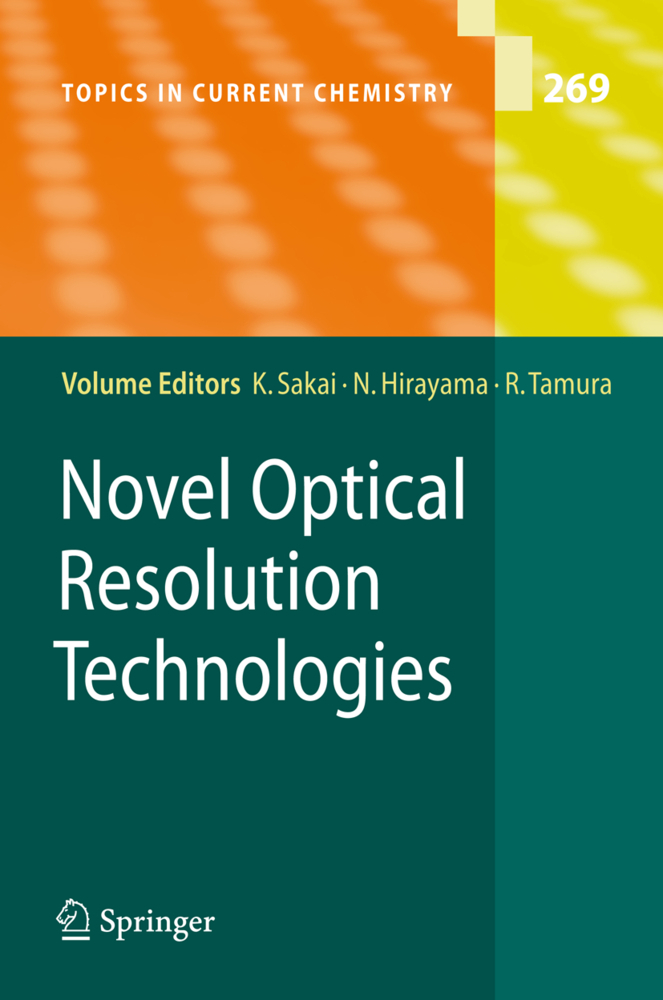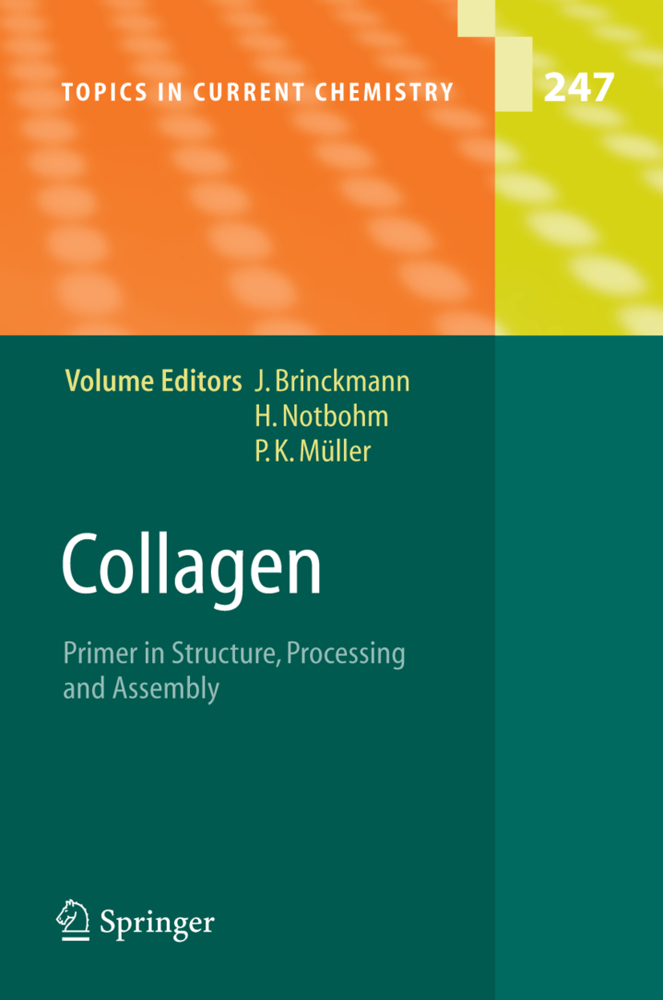Novel Optical Resolution Technologies
Novel Optical Resolution Technologies
After theend ofthe 20th century, the science ofcrystallizationreached a truly exciting stage where new opportunities emerged in both theory and expe- ment. Variousphysical methodsare capableofresolvingthesurface as wellas theinsidestructureofcrystalsattheatomiclevelwhilenewhigh-performance computingresourcesaffordthecapabilityofmodelingthecomplexlarge-scale alignmentsnecessarytosimulatecrystallizationinrealsystems.Asaresult,the science of crystallization has shifted gradually fromstatic to dynamic science and considerable progress now underlies the complex but beautiful cryst- lization process. I believe that if a de?nitive history of 21st century science is ever written,one of the highlightswill be the science ofcrystallization. This science has the following characteristics: in?nite advances in soph- tication, unlimited opportunities not only for intellectual excitement but also forindustrialmerit,strongcollaborationwithbiologyandmaterialscience,as wellaswithallareasofchemistry.Thevastpotentialofcrystallizationasan- portant?eld ofscience isfar beyondthesimple technologyofpharmaceutical industries during the 20th century. Optical resolution was one small area of chemistry in the last century. This was more a technology than a science, largely because trial and error was the only method to obtain good results. However, the situation is now changing. Therearesomanyappealing,hidden?ndingsintheprocessofcrystallization. Historically, crystallization began in an old laboratory in academia and then gradually shifted to industry. Now,it is making itscomeback in academia due toseveralnewresearchbranchestryingtodiscoverwhatisgoingonduringthe crystallizationprocess.Ibelieve this?eld ofscience isnowgrowingasa result of the wonderfulcoupling between industry and academia. I read a prepublication draft of Novel Optical Resolution Technologies,and foundthateachoneofthesegeneralcharacteristicsofsciencehadarealityand sharpness that I had not expected. While it was a sheer delight to revisit each of these triumphs guided by the wise insights and analyses found throughout the book. There is a good balance between the underlying historical material and the design and execution aspects of each topic.
Racemization, Optical Resolution and Crystallization-Induced Asymmetric Transformation of Amino Acids and Pharmaceutical Intermediates
Advantages of Structural Similaritiesof the Reactants in Optical Resolution Processes
Dutch Resolution of Racemates and the Roles of Solid Solution Formation and Nucleation Inhibition
New Resolution Technologies Controlled by Chiral Discrimination Mechanisms
Molecular Mechanisms of Dielectrically Controlled Resolution (DCR)
From Racemates to Single Enantiomers - Chiral Synthetic Drugs over the last 20 Years.
Preferential Crystallization
Mechanism and Scope of Preferential Enrichment, a Symmetry-Breaking Enantiomeric Resolution PhenomenonRacemization, Optical Resolution and Crystallization-Induced Asymmetric Transformation of Amino Acids and Pharmaceutical Intermediates
Advantages of Structural Similaritiesof the Reactants in Optical Resolution Processes
Dutch Resolution of Racemates and the Roles of Solid Solution Formation and Nucleation Inhibition
New Resolution Technologies Controlled by Chiral Discrimination Mechanisms
Molecular Mechanisms of Dielectrically Controlled Resolution (DCR)
From Racemates to Single Enantiomers - Chiral Synthetic Drugs over the last 20 Years.
Sakai, Kenichi
Hirayama, Noriaki
Tamura, Rui
| ISBN | 978-3-540-46317-7 |
|---|---|
| Artikelnummer | 9783540463177 |
| Medientyp | Buch |
| Copyrightjahr | 2007 |
| Verlag | Springer, Berlin |
| Umfang | XIV, 313 Seiten |
| Abbildungen | XIV, 313 p. |
| Sprache | Englisch |











